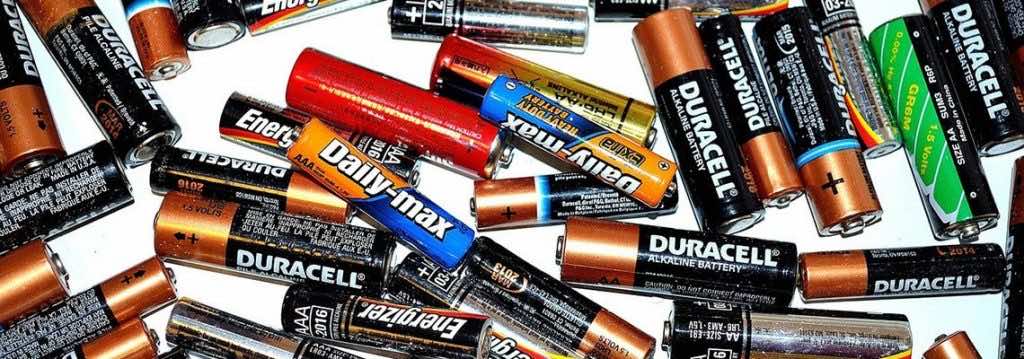The only thing holding us back from a true fuel-powered vehicle-free world is our battery technology. Current lithium-ion batteries just aren’t strong enough to power electric cars without breaking your wallet and your back since Tesla increased their prices. Lithium-ion batteries are used in almost everything today but that doesn’t mean that the technology doesn’t have its disadvantages.
However, according to research published in the journal Nature last Wednesday, it seems the scientists have finally seen a breakthrough. The research group consists of a team at Harvard University’s School of Engineering and Applied Science or SEAS. According to the team, they may have solved a 40-year-old problem regarding the creation of a “holy grail” battery that would solve all our current predicaments.
Their solution involves the use of Lithium-metal batteries which when compared to Lithium-ion batteries are capable of storing significantly more energy and even charge in a fraction of the time. According to the research, these new batteries can be charged and discharged around 10,000. This their lifetime is finally comparable to fuel-powered counterparts.
According to Xin Li, an associate professor at SEAS, “A lithium-metal battery is considered the holy grail for battery chemistry because of its high capacity and energy density. But the stability of these batteries has always been poor… By studying their fundamental thermodynamics, we can unlock superior performance and harness their abundant opportunities”.
Scientists have been struggling for years to try to make a stable version of Lithium-metal batteries that could be used commercially as well. The design introduced by this research has hopes of doing just that. Dr. Li further explained that “This proof-of-concept design shows that lithium-metal solid-state batteries could be competitive with commercial lithium-ion batteries. And the flexibility and versatility of our multilayer design makes it potentially compatible with mass production procedures in the battery industry”.
However, it won’t be easy to scale the design to the commercial level but Dr. Li hopeful. He said that “Scaling it up to the commercial battery won’t be easy and there are still some practical challenges, but we believe they will be overcome”. If these batteries are realized we could see a rapid decrease in carbon emissions and some countries might even double down on their zero-emission plans.
Global warming is a serious side effect of all the increasing carbon emissions but it seems that we’re finally beginning to see a solution to the problem. Many countries are already encouraging citizens to opt for electric cars instead of fuel-powered ones.

